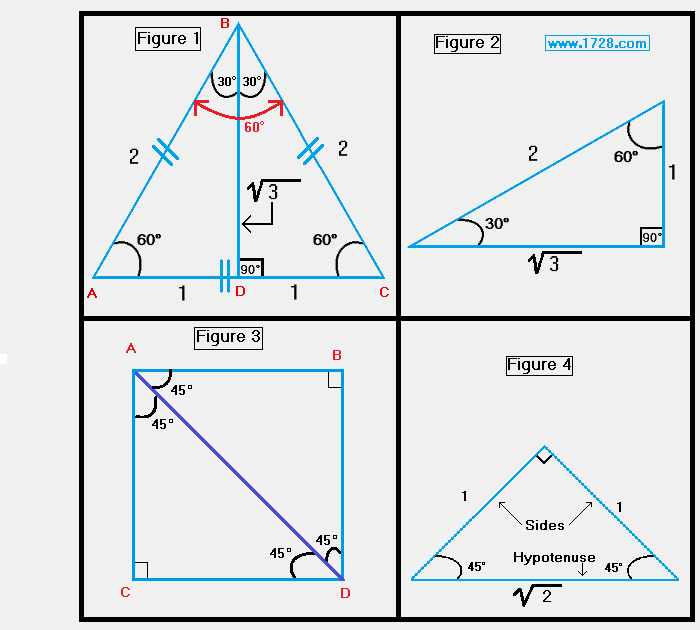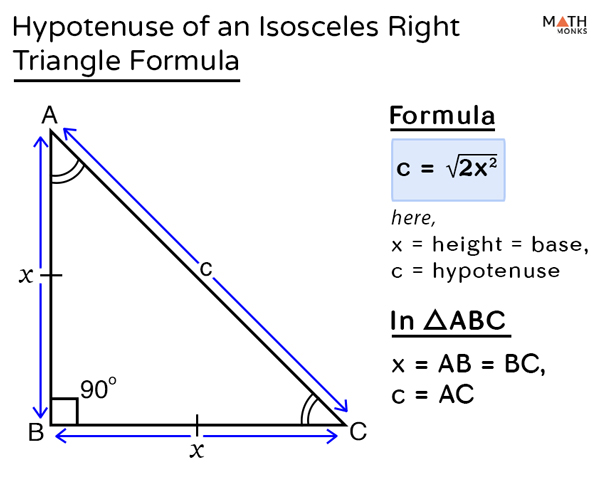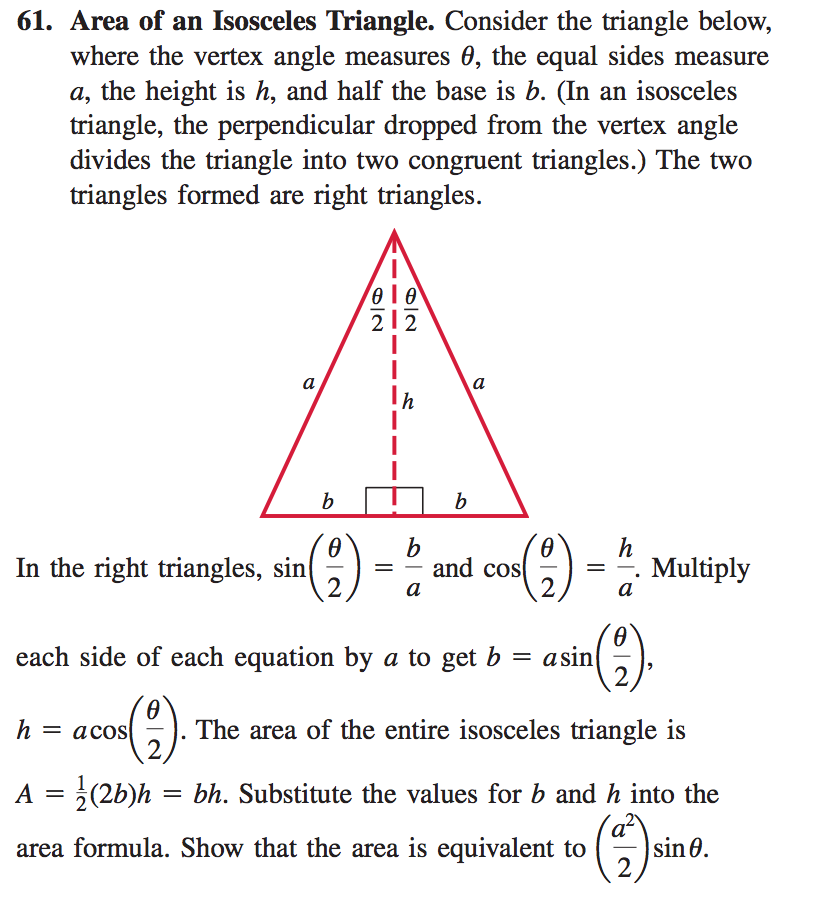

The properties of some triangles, like right triangles, are usually interesting and shocking, even for non-mathematicians. Geometry and polygons, especially triangles, always come together. You can, of course, be even more efficient and just use our calculator. Still, with a bit of skill, you can use the same idea and calculate the area of a parallelogram using right-angled triangles. For other parallelograms, the process becomes a bit more complicated (it might involve up to 4 right triangles of different sizes). It was a simple example of a rectangle, but the same applies to the area of a square. This is precisely what we already saw by just cutting the rectangle by the diagonal. If we think about the equations, it makes sense since the area of a rectangle of sides a and b is exactly area = a × b, while for the right triangle is area = base × height / 2 which, in this case, would mean area = a × b /2.

This means that the area of the rectangle is double that of each triangle. Looking at the triangles, there is no need to use the right triangle calculator to see that both are equal, so their areas will be the same. If we separate the rectangle by the diagonal, we will obtain two right-angled triangles. Now draw a trace on one of the diagonals of this rectangle. Assuming that the shorter side is of length a, the triangle follows: The consequences of this can be seen and understood with the 30 60 90 triangle calculator, but for those who are too lazy to click the link, we will summarize some of them here. These angles are special because of the values of their trigonometric functions (cosine, sine, tangent, etc.).

The name comes from having one right angle (90°), then one angle of 30°, and another of 60°. For those interested in knowing more about the most special of the special right triangles, we recommend checking out the 45 45 90 triangle calculator made for this purpose.Īnother fascinating triangle from the group of special right triangles is the so-called "30 60 90" triangle. That is why both catheti (sides of the square) are of equal length. This right triangle is the kind of triangle that you can obtain when you divide a square by its diagonal.

You have to use trigonometric functions to solve for these missing pieces.
#Base of isosceles triangle calculator how to#
In such cases, the right triangle calculator, hypotenuse calculator, and method on how to find the area of a right triangle won't help. Sometimes you may encounter a problem where two or even three side lengths are missing.


 0 kommentar(er)
0 kommentar(er)
